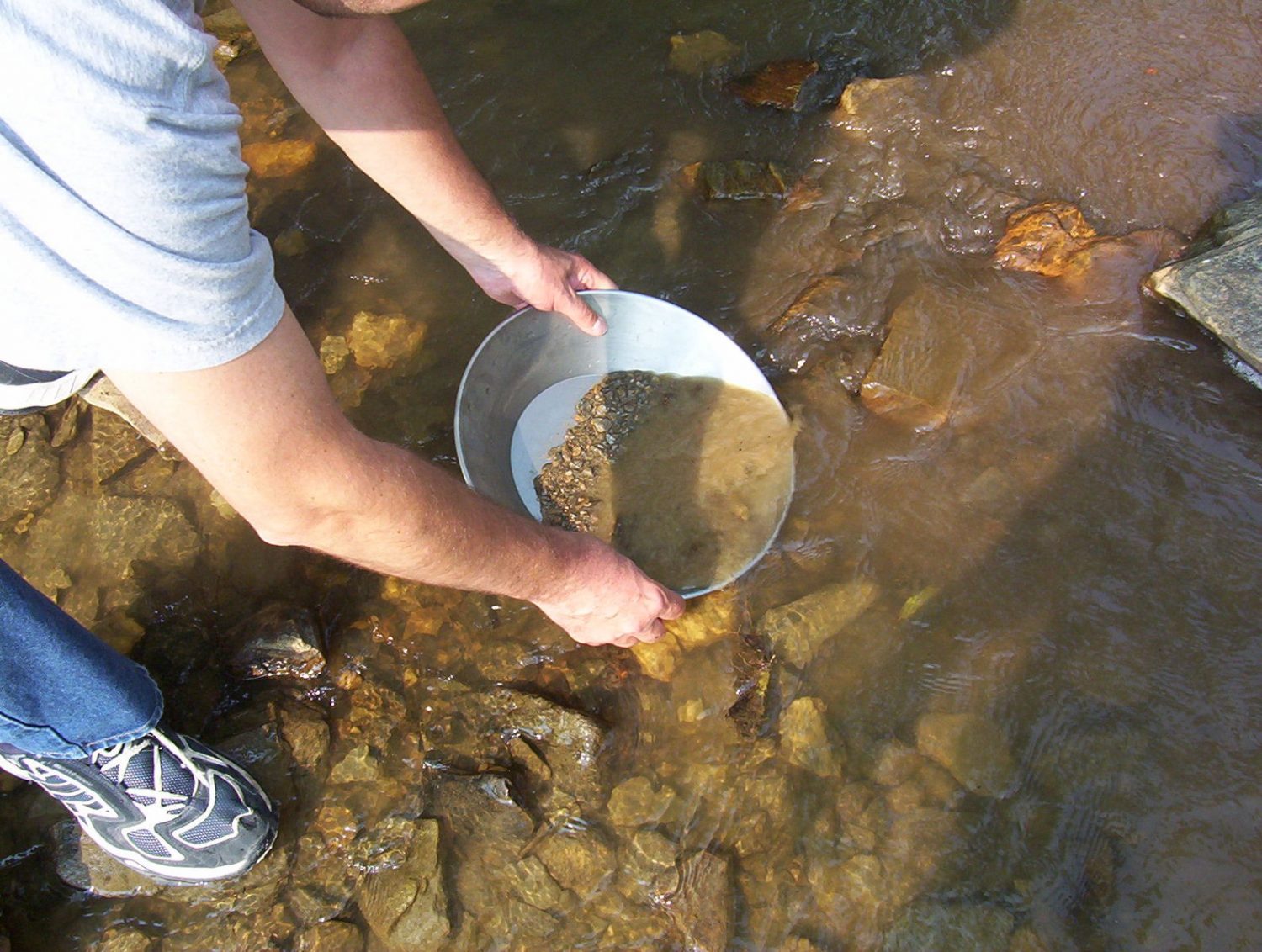
In the middle of December, I published a predictions piece called 11 Customer-Experience-Related Predictions For 2021.
While I stated that I don’t really like writing prediction pieces, I must admit that I enjoy a bit of a rummage around many of the prediction and trends articles published and circulated this time of year.
For me, it’s a bit like panning for gold as I often come across some great nuggets and insights.
One of my favorite places that I like to go “panning” every year is the Fjord Trends report.
Following the publication of their Trends 2021 report, I was able to arrange a time to have a chat with Mark Curtis, Head of Innovation and Thought Leadership for Accenture Interactive, about the trends and their underlying drivers.
I’m not going to go through the trends here, but I want to highlight three nuggets that I discovered while reading the trends and talking with Mark.
I believe that two of them could significantly impact customer experience, and the third is likely to have a big impact on your employees’ experience in the coming year.
The power of words
The first of those nuggets sits within the first trend, called “Collective displacement”. In the report, they state that “While efforts to eliminate Covid-19 continue, organizations should find new ways to communicate with people and deliver brand experiences at a distance, in a different spatial and social context”.
In the detail, they say that organizations “must replicate or replace physical touch using digital. In some cases, investing in detailed copy will help give people what they need to make a decision”.
Using the descriptive power of words to help fill the gap left by continuing restrictions around physical movements and, therefore, experiences struck me as a real opportunity for some forward-thinking brands to evoke the textures and feelings that would normally be relayed by a physical experience.
This is not an insignificant challenge, and I wonder how many will take it on.
However, I suspect that those that do and do so by asking their customers to get involved may reap the benefits.
What’s in your home working kit bag?
The next nugget sits inside the trend entitled ‘Sweet teams are made of this’. This trend talks about how with many workers working from home and many more set to continue to do so, even after the effects of the pandemic recede, the nature of the employee/employer social contract is changing.
The report highlights that traditionally “we could assume that our employers would cover the cost of much of what we needed, like our desk, chair, computer and internet access. But many of us are covering these costs ourselves now that we’re working at home”.
With many organizations signalling that they will embrace a significant element of remote working going forward it’s becoming increasingly important for them to consider what resources they need to provide for remote working and how that impacts their employees’ experience. That could include everything from upgraded internet connectivity packages to additional hardware to office furniture or even, as Fjord suggests, that may even extend to “childcare or senior care support”.
Therefore, organizations will have to consider what they are putting in the kit bag they are providing to their employees to facilitate them working from home.
It no longer feels sufficient just to provide a laptop and a phone.
This may take time to come into effect as organizations rejig and reconfigure their real estate commitments and free up budgets. However, those who act fast will likely feel the benefit in terms of their current employees’ experience and their ability to attract new talent.
The now unhidden parts of the experience chain
The final nugget sits within the trend that is entitled “Liquid infrastructure” and talks about how “The way we get hold of things changed in 2020, and it’s becoming more important to deliver joy right through to the last moment”.
The report goes on urge brands to re-look at “the often-hidden parts of the experience chain that add unrecognized value”.
These parts could include everything from waiting times, delivery updates, follow up communications and packaging.
Over the last few months, I have personally seen the impact that packaging can have as an experience differentiator. Like many people, my wife and I have been using food take out delivery services a little more recently and have noticed that the packaging used by many restaurants looks much the same.
That feels like a missed opportunity.
However, others like a restaurant local to us called Dishoom has distinguished itself not just by the quality of its food but also about the care it puts into the design, colour and material choice of its packaging. This care has helped them stand out in a “sea of sameness”.
These are some of the nuggets that I have unearthed as a result of my panning around. I am sure that there are others. These alone offer some clues and insight into what it will take to deliver a stand out customer and employee experience in this new and different world that we find ourselves living in.
This post was originally published on Forbes here.
Thanks to Wikimedia for the image.



